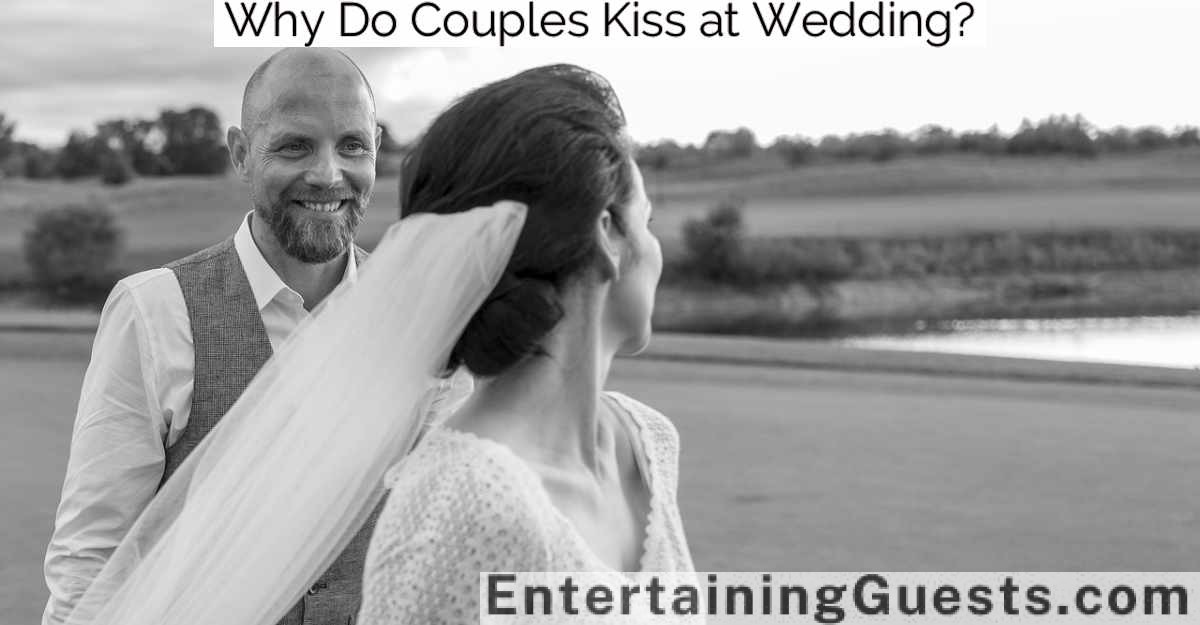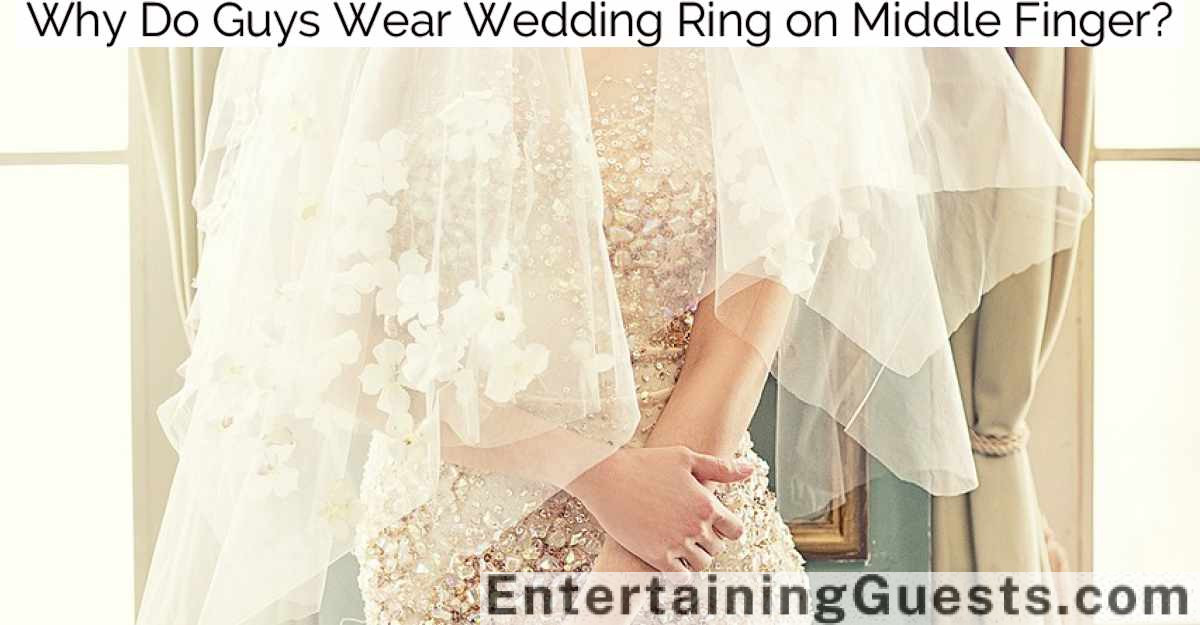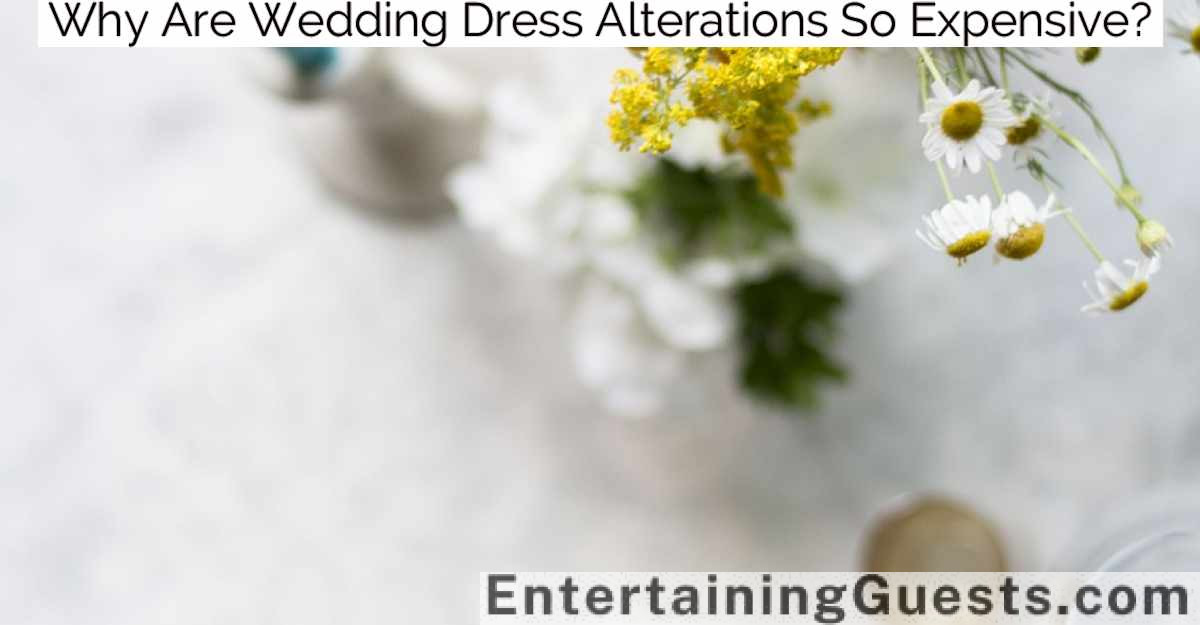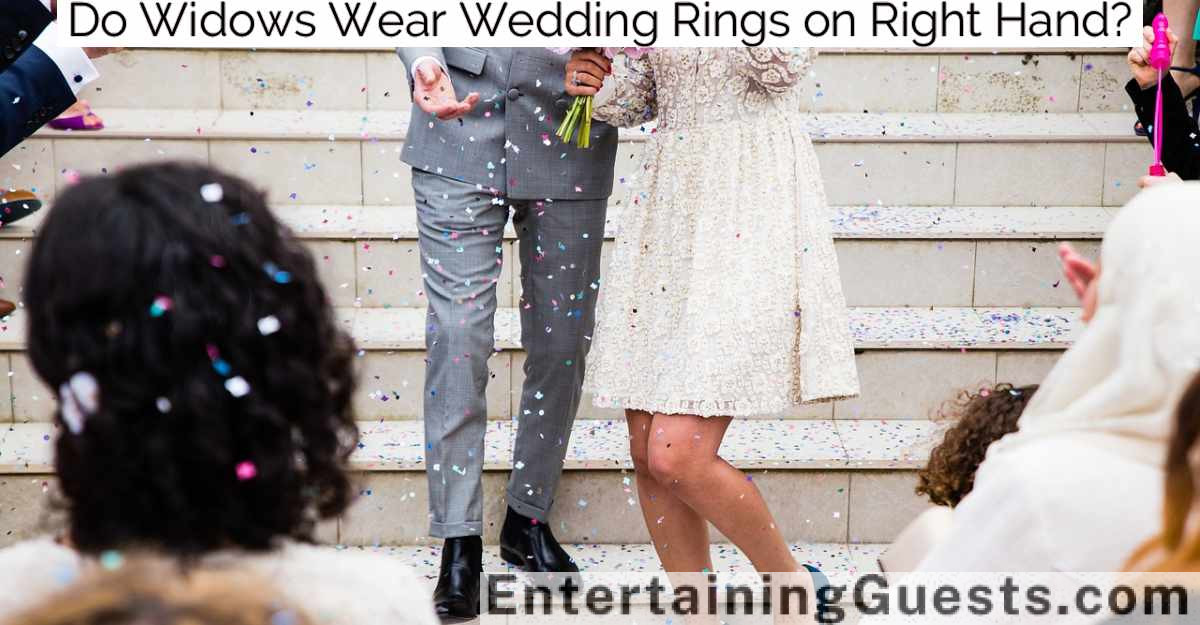Wedding bouquets are expensive due to the intricate dance of seasonality, exclusive flower types, and the extensive labor of skilled florists. Seasonal availability dictates the cost and accessibility of desired flowers, often requiring more expensive out-of-season imports. Premium flowers like peonies and orchids increase costs but are essential for their symbolic meanings and stunning visuals. Florists invest considerable time in design and arrangement, adding to the labor costs. They also enhance bouquets with unique elements like exotic greenery and crystals, and manage delivery and setup to guarantee perfection. Each bouquet is a bespoke masterpiece, crafted to transform a bride’s dream into reality, hinting at the depth of creativity and effort involved.
Key Takeaways
- Wedding bouquets require skilled florists who combine artistry and horticultural knowledge, contributing to higher labor costs.
- Seasonal flower availability dictates costs; off-season flowers may need to be imported, increasing expenses.
- Bouquets often include unique design elements such as ribbons, crystals, and exotic greenery, which require additional labor and materials.
- Delivery and setup charges cover meticulous transportation and onsite arrangement to ensure flowers remain pristine.
- The overall price reflects not just the raw materials but the comprehensive craftsmanship and design consultation involved.
Seasonal Availability of Flowers
Many wedding bouquets feature flowers whose availability and price can vary greatly depending on the season. Couples often don’t realize how the time of year affects their floral choices, both financially and aesthetically. When they dream of peonies in fall or sunflowers in early spring, they’re faced with the harsh reality of importing costs or unavailability.
Seasons dictate the natural growth cycles of flowers, meaning that blooms are at their peak beauty and availability in their natural growing period. For instance, sourcing flowers out of their local season requires importing them from regions where they’re currently thriving. This not only increases the cost considerably due to transportation and care but also impacts the environmental footprint of the wedding.
Florists must navigate these seasonal limitations by suggesting alternatives or managing expectations regarding budget and bouquet composition. They’re adept at blending creativity with practicality, ensuring that each bouquet captures the couple’s vision without straying from what’s seasonally available.
This intricate dance between desire and availability requires expertise, making the choice of a skilled florist essential in achieving a dream wedding within a realistic budget.
Types of Flowers Used
Wedding bouquets often incorporate a diverse array of flowers, each chosen for its unique beauty and symbolic meaning.
Roses, for instance, are a classic choice, symbolizing love and passion. They’re available in a wide range of hues, allowing for customization that aligns perfectly with the wedding’s color scheme.
Peonies, with their lush, full blooms, represent romance and prosperity and are coveted for their soft, voluminous appearance.
Orchids add an exotic touch and stand for beauty and strength, making them a popular choice for modern weddings. Their intricate shapes and vibrant colors can transform a simple arrangement into a stunning masterpiece.
For those seeking a rustic vibe, wildflowers like daisies and sunflowers offer a charming, whimsical look while denoting purity and adoration.
The choice of flowers can deeply influence the overall aesthetic and feel of the ceremony. Each flower’s availability, rarity, and the complexity of its care contribute to its selection and the final cost of the bouquet.
Florists meticulously curate these blooms not only for their visual impact but also for their ability to withstand a day full of events without wilting, ensuring that every chosen flower adds its special touch to the bridal bouquet.
Labor and Expertise Costs
Crafting each bouquet requires skilled florists who meticulously combine artistry with technique to create stunning floral arrangements. Each creation is not merely a matter of placing stems together; it involves a deep understanding of color theory, design principles, and the delicate nature of each flower. The florists’ expertise guarantees that every bouquet is not only visually appealing but also structurally sound to withstand the rigors of the wedding day.
The cost of labor in floristry is significant, reflecting the high level of craftsmanship required. Here’s a breakdown of typical labor costs associated with crafting a wedding bouquet:
| Task | Hours Needed | Cost per Hour (USD) |
|---|---|---|
| Design Consultation | 2 | 50 |
| Flower Selection | 3 | 40 |
| Arrangement | 5 | 60 |
| Final Adjustments | 1 | 50 |
Each florist brings their own unique touch to a bouquet, drawing on years of training and experience which often includes formal education in horticulture or design. This expertise isn’t just about making something pretty; it’s about creating a symbol of personal and aesthetic value that enhances the overall theme of the wedding. As a result, when considering a wedding bouquet’s price, one isn’t just paying for the physical flowers but for an art form cultivated over countless hours.
Additional Design Elements
Beyond the foundational floral arrangements, incorporating additional design elements such as ribbons, crystals, and exotic greenery elevates the visual impact and personal significance of each wedding bouquet.
These intricate touches transform a simple cluster of flowers into a personalized work of art that reflects the couple’s unique story and style. Ribbons, for instance, can add a soft, flowing contrast to the natural stiffness of flower stems, while crystals catch the light, adding a subtle sparkle that enhances the bouquet’s aesthetic under the ceremony’s lights.
Exotic greenery, on the other hand, introduces a lush, vibrant texture that standard foliage can’t match. These elements are sourced from diverse global locations, adding to the cost due to their rarity and the logistics involved in procurement. Each leaf and vine is carefully chosen to guarantee it complements the visual theme of the wedding without overpowering the delicate flowers.
Furthermore, the inclusion of such elements requires additional labor. Florists spend hours meticulously wiring crystals, tying ribbons, and integrating greenery, guaranteeing that each item is securely fastened and beautifully presented.
This elevated level of detail not only demands time but also a higher level of craftsmanship, which naturally inflates the price of these bespoke creations.
Delivery and Setup Charges
Florists often include delivery and setup charges to guarantee that each bouquet arrives in pristine condition and is arranged precisely as envisioned for the special day.
These charges aren’t just for transportation; they cover the meticulous care and timing required to ensure that delicate blooms look their best at the moment of truth.
Think about the complexities involved in transporting multiple floral arrangements—each piece must be secured and handled with the utmost care to avoid bruising or damaging the fragile petals and stems.
Moreover, the setup process is a fine art in itself. It’s not just about placing a bouquet on a table; it’s about creating an atmosphere, an enchanting floral ambiance that captures the essence of the celebration.
This often involves intricate arrangements that can take several hours to assemble, requiring not only the florist’s time but also the skills of several assistants.
These services are essential for the seamless integration of floral designs into the event’s theme.
Without them, couples might face the stress of DIY setups, risking damage to these floral artworks.
Frequently Asked Questions
How Can I Preserve My Wedding Bouquet After the Ceremony?
She can preserve her wedding bouquet by drying the flowers, using silica gel, or having them professionally freeze-dried. These methods maintain the bouquet’s shape and color, capturing the memory forever.
Are There Eco-Friendly Alternatives to Traditional Wedding Bouquets?
Yes, there are eco-friendly alternatives to traditional wedding bouquets. Options include using locally sourced flowers, silk flowers, or even creating bouquets from recycled materials, which all greatly reduce environmental impact.
Can I Use Artificial Flowers to Reduce Costs?
She can certainly use artificial flowers to cut costs. They’re affordable, last forever, and come in a variety of styles. Plus, they avoid the seasonal limitations and high prices of fresh blooms.
What Are the Symbolic Meanings of Common Wedding Flowers?
Wedding flowers each hold unique meanings: roses symbolize love, lilies represent purity, and peonies reflect happiness. Couples often choose blooms that resonate with their relationship and hopes for their future together.
How Far in Advance Should I Order My Wedding Bouquet?
She should order her wedding bouquet at least six months in advance to guarantee availability and customization. This timeframe allows florists to source specific blooms and craft a design that perfectly matches her vision.
Conclusion
Wedding bouquets encapsulate more than mere flowers; they embody artistry and tradition.
The cost reflects the meticulous selection of blooms, often influenced by seasonal availability, and the expertise of skilled florists who craft each piece with precision and passion.
Adding in the personalized design elements, delivery, and setup, it’s clear why these bouquets come with a higher price tag.
Ultimately, each bouquet isn’t just a floral arrangement; it’s a personal, crafted expression of a couple’s love and celebration.




